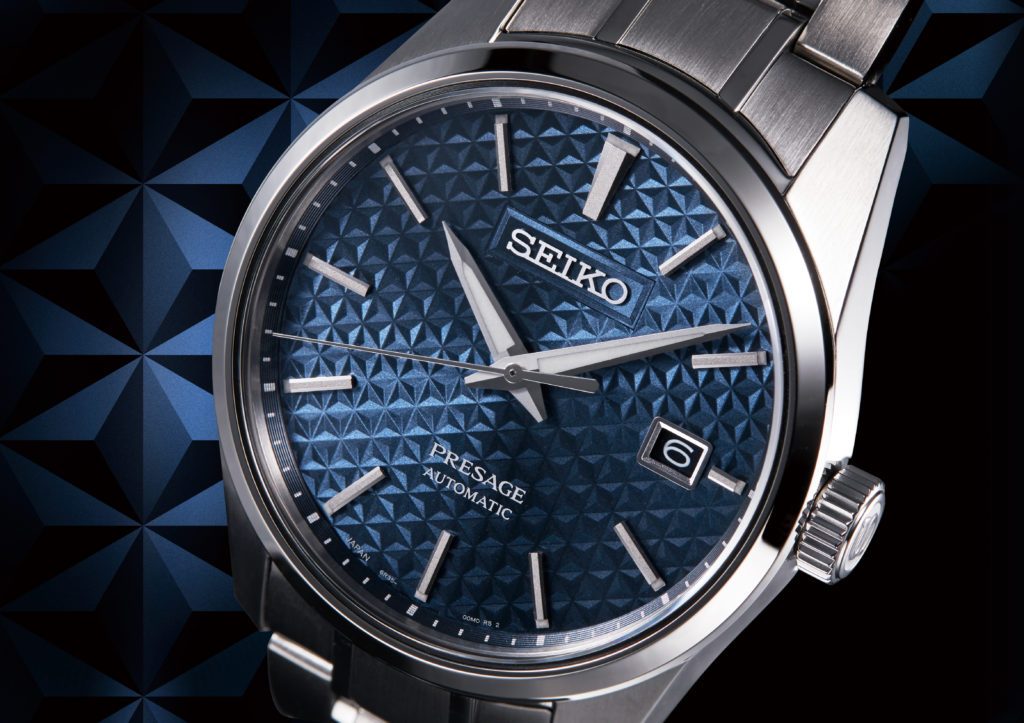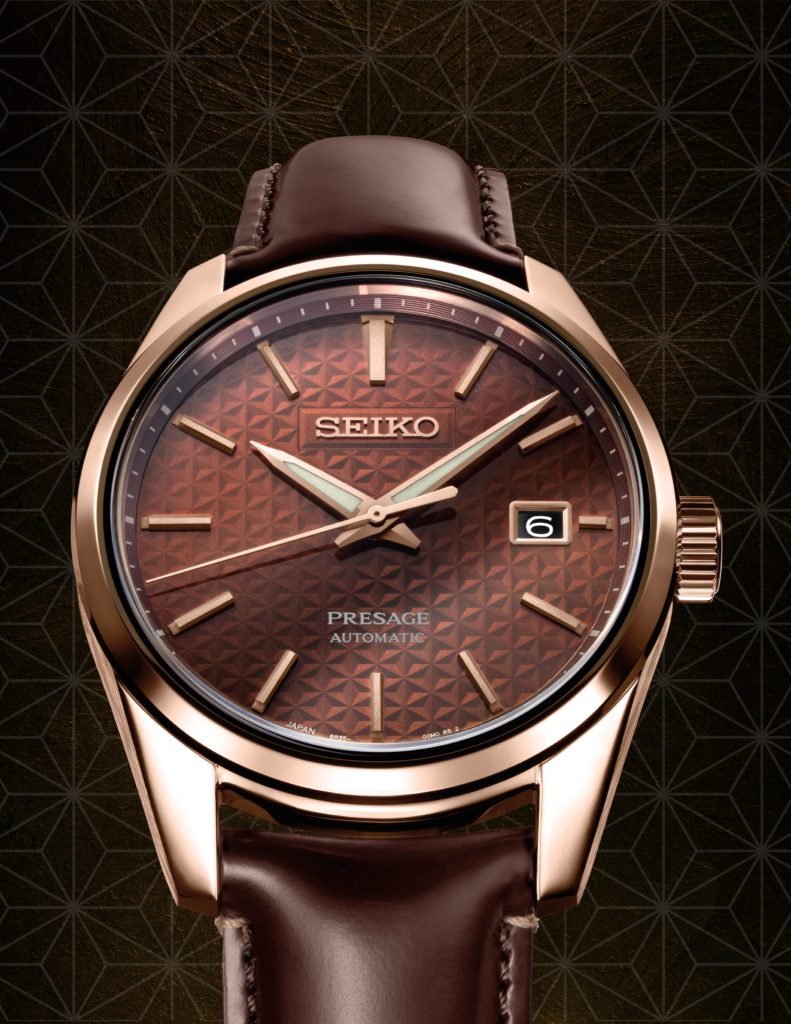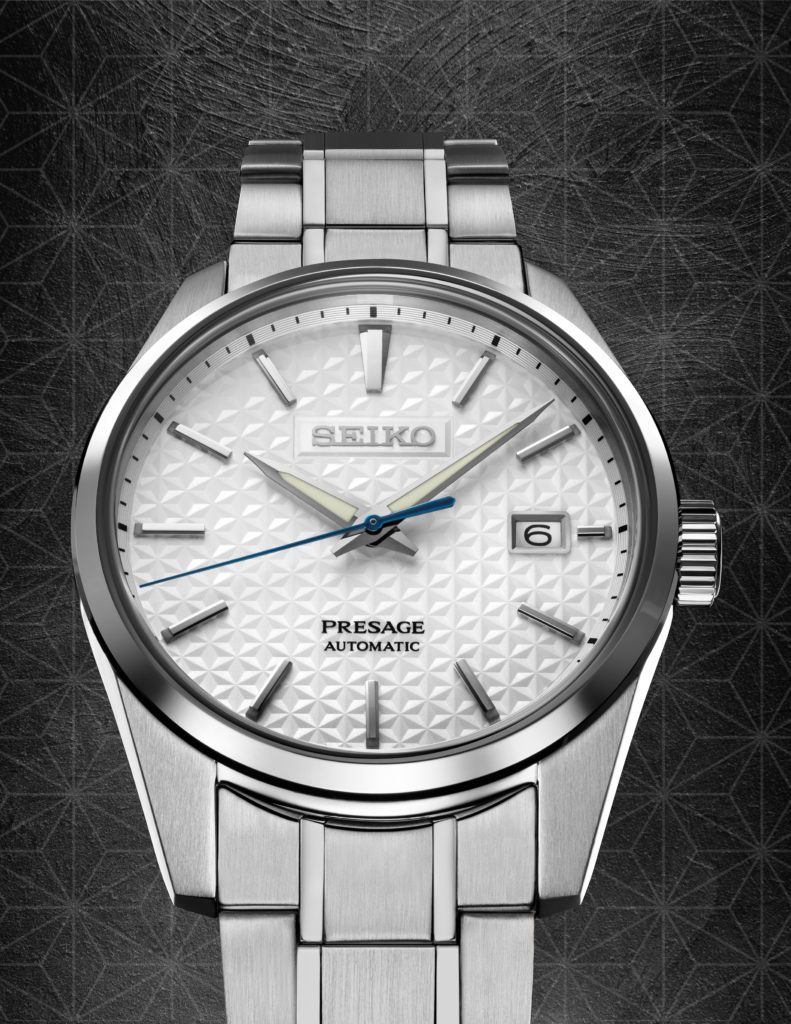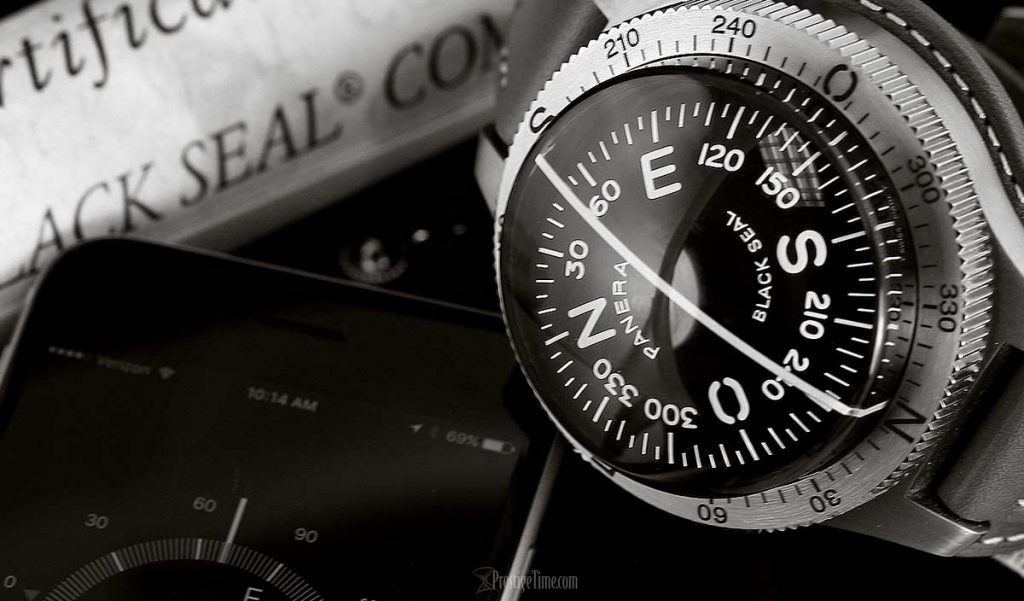The Luminor BiTempo Replica watch exudes refinement and ease and, through its GMT feature, can simultaneously track the time in two different time zones, near or distant. All the while, it maintains the characteristic features and quality that are definitively Panerai.

The new watch has been interpreted in two distinct colour palettes, each with a compelling, assured presence and built on the foundation of a 44mm steel case. The first centres on a lively blue sun-brushed dial with an alligator strap in the same rich hue; the second has a matte black dial and matching alligator strap. In both colours, Cheap Panerai Luminor BiTempo Replica features a GMT function that indicates the time in a second time zone with a hand in vivid cerulean blue to ensure visibility at a glance.
A subdial at five o’clock with a bright blue hand provides a measure of the remaining power reserve, which extends to 72 hours when fully wound. The sandwich dial, a signature presence in the Luxury Panerai Replica design vocabulary, exhibits subtle updates that reveal the unending process of perfecting the brand’s icons. The date window at three o’clock is larger than those that preceded it, and its bevelled aperture is the first instance of a feature that will appear in future models.

Italian text inscribed on the dial highlights key features – BiTempo refers to its GMT function, while the word “ore” indicates the hours remaining in the power reserve – to affirm the brand’s Italian DNA. The design sophistication and originality for which Panerai Replica Swiss Made is recognised and its experience in crafting instruments for navy divers are inseparable from its Italian origins. This heritage sets it apart from other Swiss-made watches.
The Calibre P.9012 powers the new Luminor models; the self-winding automatic movement is fully visible through a sapphire crystal display caseback. Water-resistant to 30 bar (~300 meters) Luminor BiTempo Made in China features a brushed steel buckle. Also included is an additional rubber strap and a tool to allow interchangeability of the straps and a screwdriver for removing the buckle.





